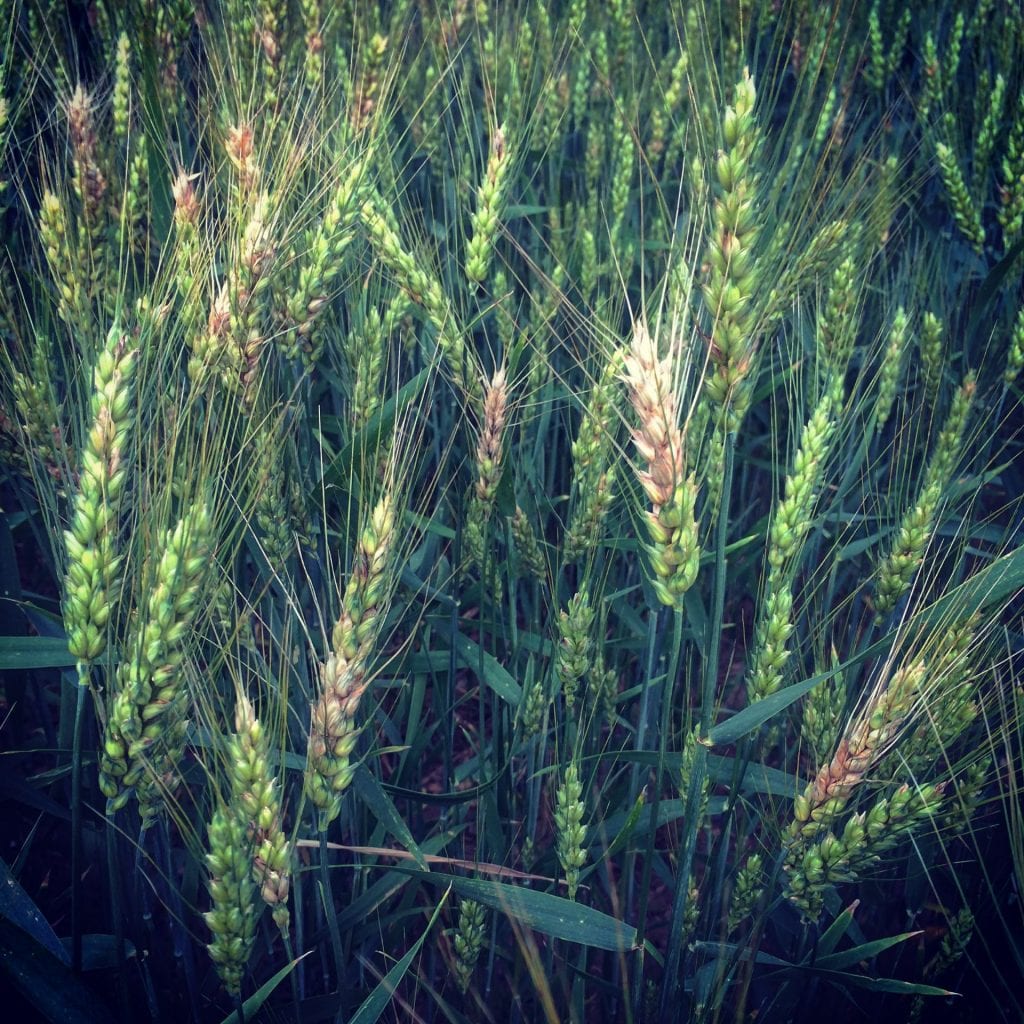Andrew Kness, Agriculture Agent
University of Maryland Extension, Harford County

Wheat in the southern parts of Maryland will soon be flowering and the rest of the Maryland wheat crop will follow suit over the next few weeks. As wheat approaches flowering, here are a final list of reminders/tips to make the most of your fungicide applications that are targeted to manage Fusarium head blight (scab):
- Use an effective fungicide. These include: metconazole (Caramba®), prothioconazole + tebuconazole (Prosaro®), prothioconazole (Proline®), and adepidyn (Miravis Ace®).
- Apply an effective fungicide at the correct time. The most effective application window is from flowering (anthesis; Feeks 10.5.1) + 6 days after. Late applications (5-7 days after anthesis) are better than early heading/head emergence applications at reducing DON content in the grain.
- Apply fungicides using the correct equipment. Ground applications should be made with 80-degree flat fan nozzles angled down from horizontal. For ground applications made at speeds over 6 mph, use a single nozzle angled forward (towards the grain heads), 30 degrees down from horizontal. For ground applications less than 6 mph, better coverage is achieved with dual forward and rearward facing nozzles, angled 30-45 degrees down from horizontal.
- Sprayer should be operated to achieve droplet sizes of 300-350 microns.
- Use 10-20 gallons of water per acre and keep the spray boom 8-10 inches above the crop.
- For aerial applications: Use 4-5 gallons of water per acre. Fine to medium sized droplets (300-350 microns). Small aircraft should operate 8-10 feet above the crop; large aircraft 10-12 feet. Nozzles should be mounted to cover 65% of the aircraft’s wingspan and mounted as low as possible.
